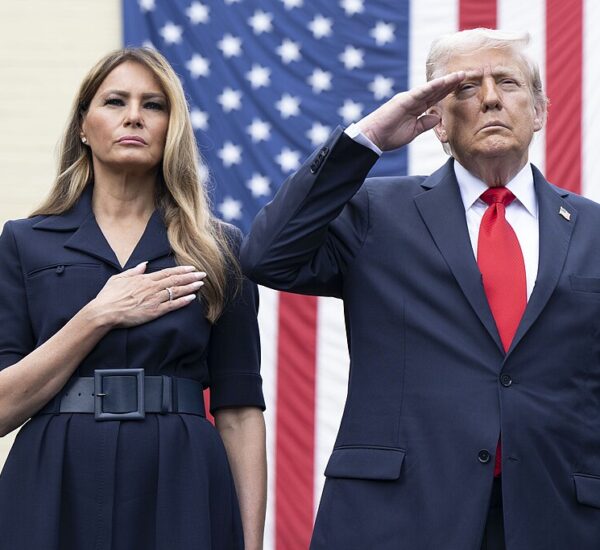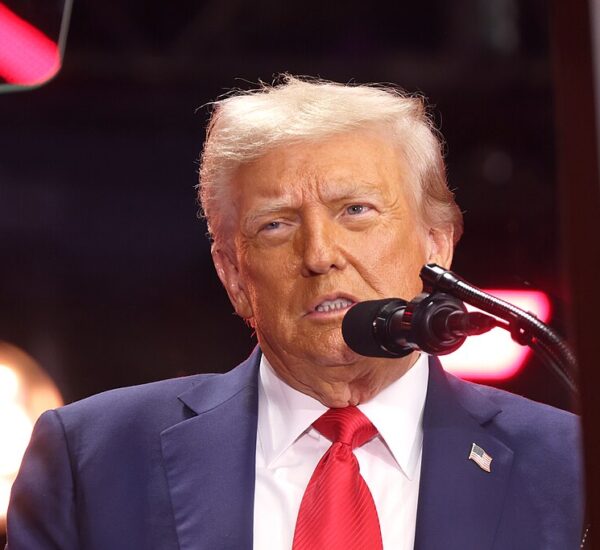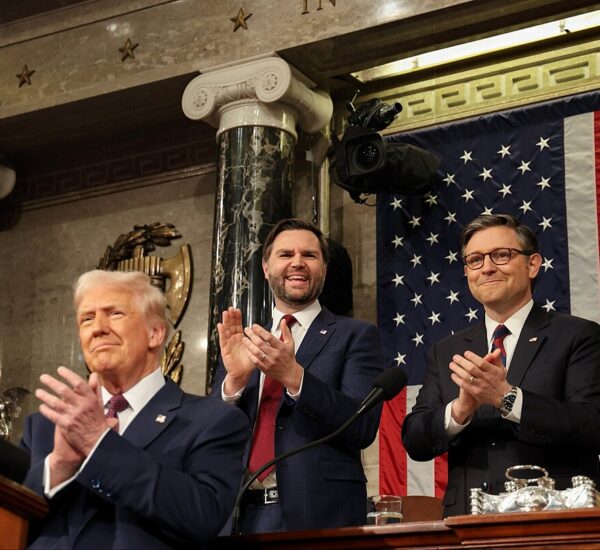Kamala Copying The Obama Playbook
As the calendar turned to 2008, many were hopeful about overcoming economic challenges. However, then-San Francisco District Attorney Kamala Harris chose to spend New Year’s Eve at Barack Obama’s campaign headquarters. At that time, Obama’s campaign was on the brink of transforming American politics, ultimately securing a landslide victory over Senator John McCain and making history as the first Black president.
Fast forward to 2024, and Kamala Harris is once again in the political spotlight, this time running for president against former President Donald Trump. It’s clear that Harris’s 2024 campaign is drawing significant inspiration from Obama’s 2008 campaign.
One of the major strategies Harris is employing mirrors Obama’s approach: leveraging technology to engage younger voters. Her campaign aims to break new ground by becoming the first female president, a milestone that eluded Hillary Clinton. Harris is also working to galvanize Black voters in a manner similar to Obama’s successful outreach. To this end, Harris has enlisted several key figures from Obama’s team, including David Plouffe, who was instrumental in Obama’s campaign, as well as Stephanie Cutter and Mitch Stewart, known for their roles in grassroots organizing.
David Plouffe’s role is particularly notable, given his strategic impact on Obama’s campaigns. According to Politico, Plouffe’s involvement signals a strategic shift. David Axelrod, a prominent strategist who collaborated with Plouffe extensively, described him as an invaluable asset, emphasizing his deep experience and strategic brilliance.
Plouffe will be joining forces with Jen O’Malley Dillon, who previously managed President Joe Biden’s campaign and was also part of Obama’s 2012 team. Axelrod sees Plouffe’s role as crucial, suggesting that he will serve as a key advisor to Dillon and the campaign. This move reflects a concerted effort to infuse Harris’s campaign with a blend of seasoned expertise and strategic acumen.
While Harris is drawing on the successful elements of Obama’s 2008 campaign, there are significant differences in this race. Unlike Obama, who benefited from the waning days of the Bush administration, Harris is confronting a different set of dynamics, including her association with the Biden administration’s mixed record. Additionally, she faces Donald Trump, a figure who remains polarizing and has already proven himself both a winner and a loser in previous presidential contests.
In conclusion, while Harris’s campaign strategically aligns itself with the successes of Obama’s 2008 campaign, it must navigate a unique set of challenges and dynamics that distinguish it from past races.






